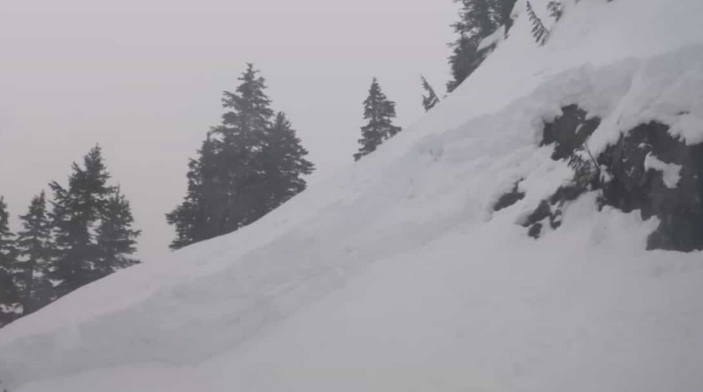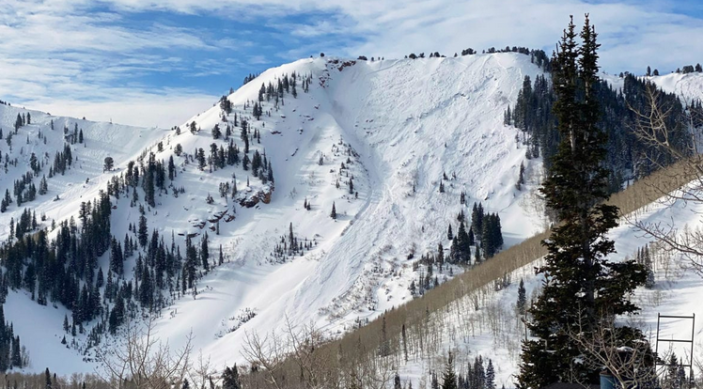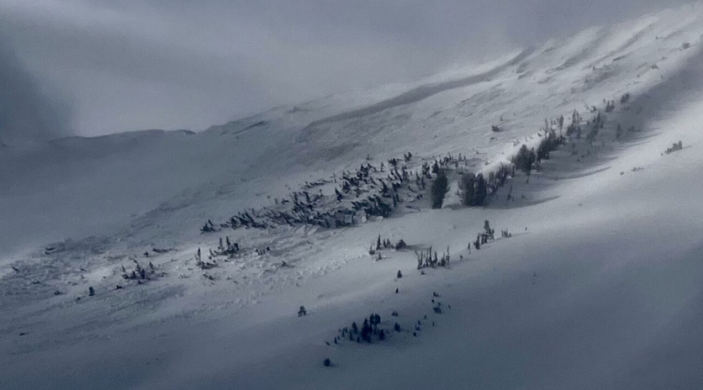
The Forest Service Avalanche Center for the Sierra would not exist without community donations, despite being a government operation.

Eaglecrest Ski Area, AK, confirmed a large inbounds avalanche in a closed area of the resort. Crews using beacons, probes, dogs, and RECCO equipment searched the scene but found nobody trapped. The resort had received 25″ of fresh snow in the previous five days. The slide, in the East Bowl Chutes, was seven feet deep and ran for 100 yards.

Press Release via Google News and PR*Urgent
Description: Every year a multitude of people venture out into the snow to go snowshoeing, skiing, snowboarding, snowmobiling or climbing. Many are not fully informed of the dangers and the necessary risk management practices. This book sheds light on the fatalities that occurred last year and what went wrong in order to help others learn and improve their own margin of safety.

Sidecountry vs. backcountry. In both areas accidents can happen. Skiing and snowboarding, even at a ski resort, is never without risk. Understanding avalanche safety, having the proper gear, and knowing how to use it matter. If recent avalanches have taught us anything it’s that not all areas are safe. There are no universal truths to avalanches. Even areas that traditionally are safe can quickly become deadly in the right conditions.

Even if you’re an expert, you can never be too safe in the backcountry. It’s something two avalanche Forest Service forecasters learned last week after they triggered a slide.
Last Friday two avalanche forecasters from the Gallatin National Forest Avalanche Center had a close call on Fisher Mountain.
The two forecasters had snowmobiled to an area on the mountain to dig snow pits. “One of them rode and then the second person came, and when the second person was coming, he triggered the avalanche from below.”
"It was a really close call because it was a big avalanche.”

A new avalanche backpack will increase a victim's survival window from 15 To 90 minutes.
Avalanche caused deaths don’t result from a lack of oxygen. Dense avalanche debris sits at around 60-70% air. Victims succumb to carbon dioxide poisoning as gas builds up in the snow around them. The SBX seeks to limit that carbon dioxide buildup by pumping oxygen into the snow surrounding one’s mouth while pushing away the built up carbon dioxide. In an avalanche a victims pull the t-shaped handle located on the shoulder strap. This activates a fan located in the SBX Clean Air Intake placed on one’s back. That fan pumps oxygen from an area lacking CO2 buildup to the Clean Air Outlets on the wearer’s shoulders.

On many winter days explosions can be heard echoing across many ski areas. These are the sounds of avalanche mitigation.
There are a few ways the ski patrol can mitigate avalanche risks. While the explosive business is the most dramatic two other methods are used as well. Ski cutting and compaction.
“We don't do any mitigation outside of the resort and so it's 100% on the on the user, on themselves; we do worry about it from a rescue perspective but we do not do anything to mitigate that hazard," Andy Van Houten, snow safety director of Park City Mountain, said.
Last week an avalanche was reported in the Dutch Draw area of Park City, Utah between the lifts Peak Five and Ninety-Nine 90. According to Van Houten the avalanche occurred in the back country. "We worked with the Department of Public Safety helicopter," he said. "We're able to establish that nobody was involved. We had all of our witnesses accounted for, all is good.”